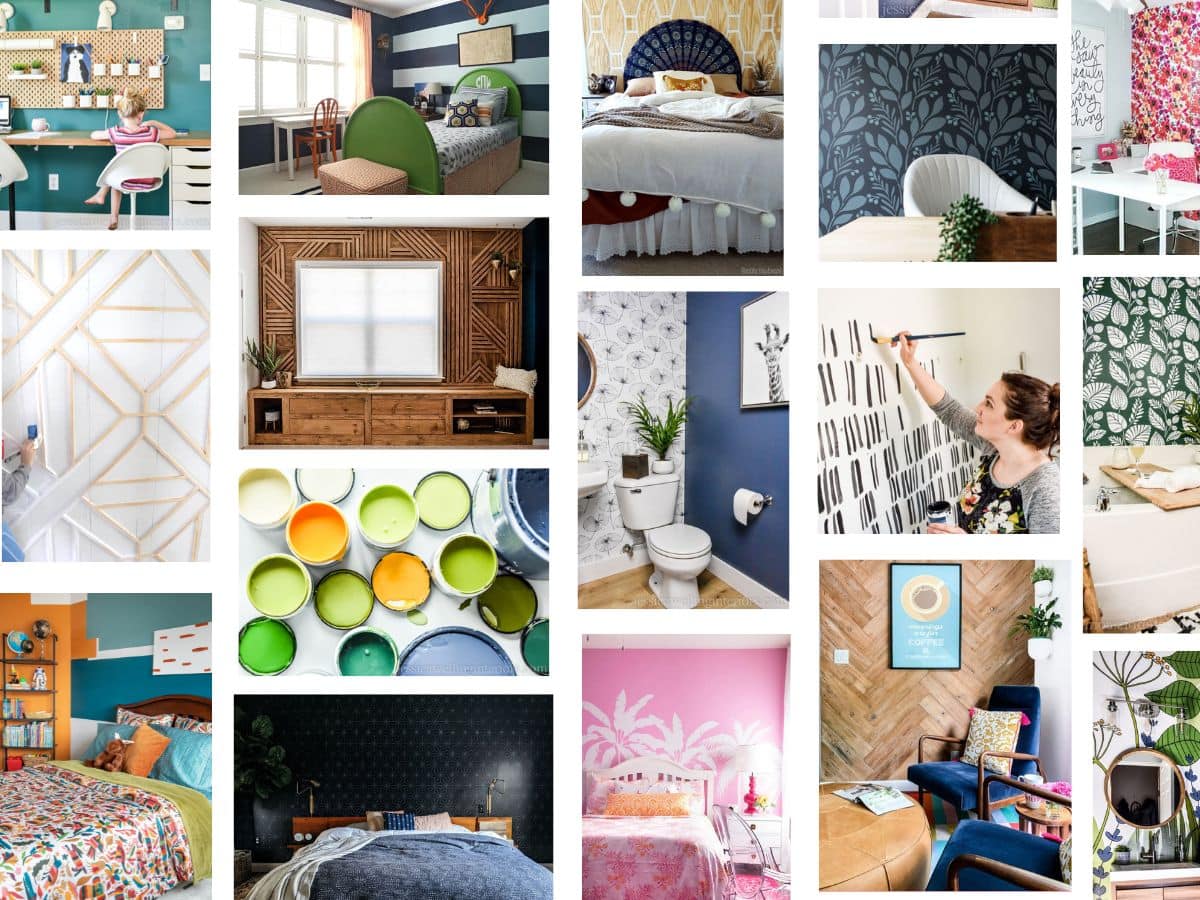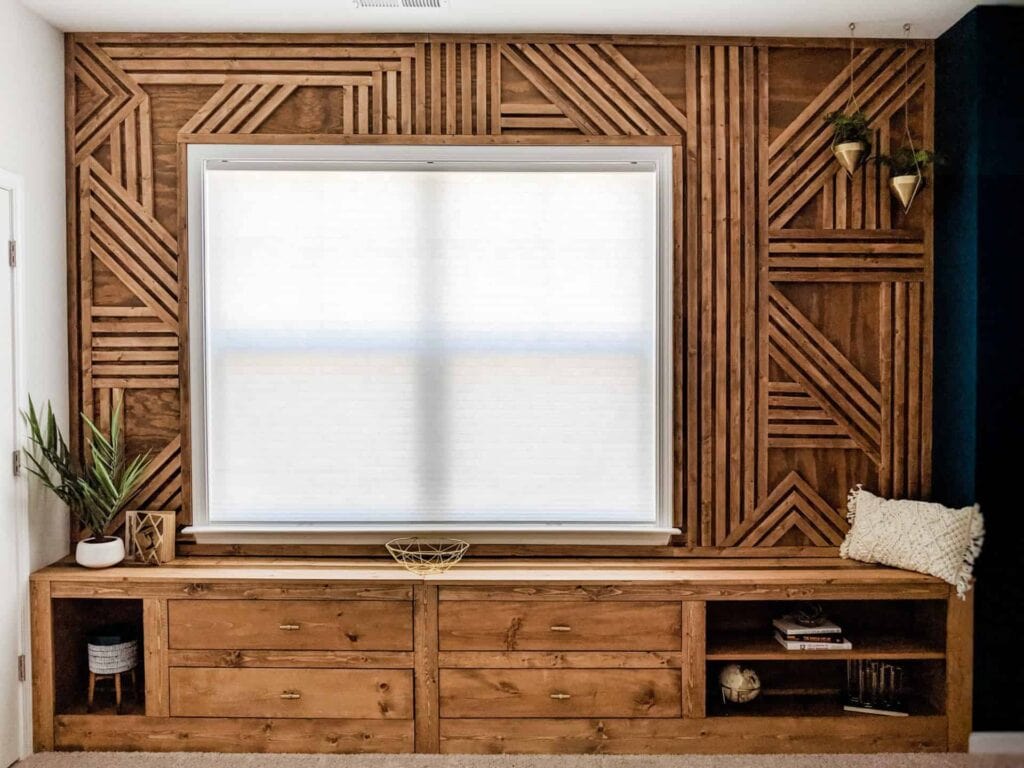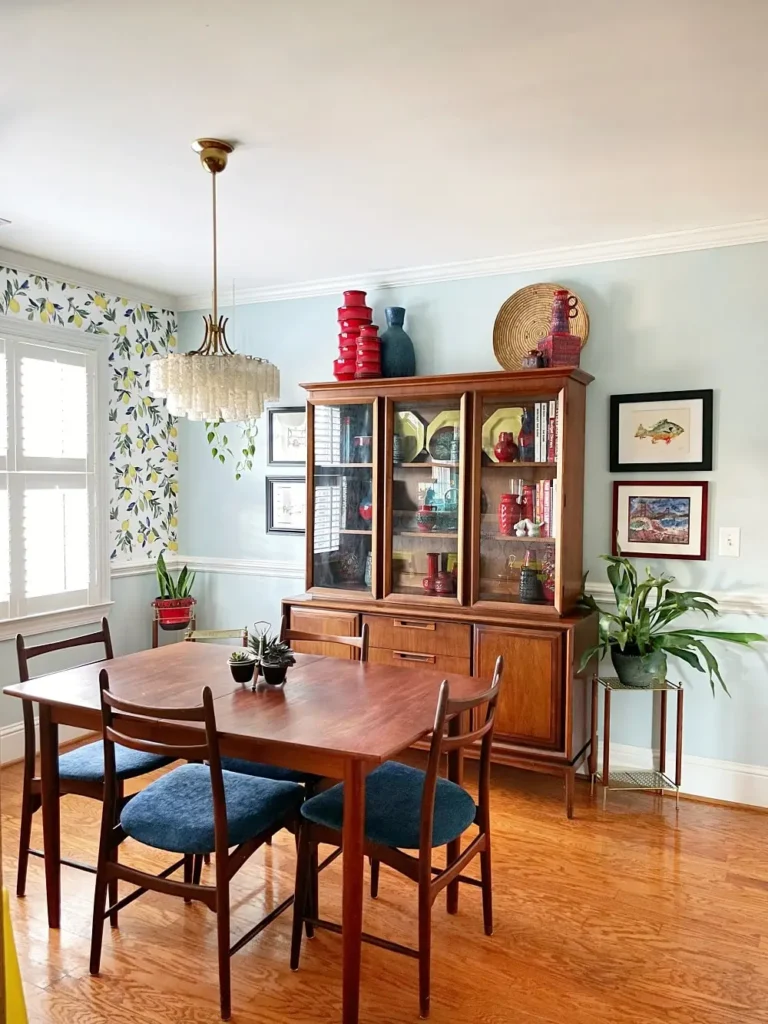
Accent walls are a popular design trend that can dramatically shift the perception of a space, offering color, texture, and personality without overwhelming a room. Here's how to create a stylish DIY accent wall that reflects your taste and enhances your decor.
Understanding Accent Walls
An accent wall is essentially a single wall that acts as a focal point in a room, distinguished by a different color, pattern, or texture compared to the other walls. This technique is particularly effective in spaces that otherwise might feel plain or monotonous. The concept is simple yet powerful, as it allows one to create depth and interest in typically unused spaces, such as behind a bed or a sofa[1][6].
Planning Your Accent Wall
Before you begin, it's crucial to plan your accent wall carefully. Factors such as the room's size, the wall's position, and existing colors should guide your decisions. Visualizing how the selected wall will interact with the rest of the room is key. For instance, you may want to choose a wall that is lacking architectural detail or already features significant items, like large furniture pieces or artwork, to enhance its impact[5][2].
Choosing Colors and Materials
Paint
One of the simplest ways to create an accent wall is through paint. Solid colors can offer a striking visual effect and can easily be changed if you decide to refresh your space in the future. Opt for a bold color that complements the other walls but stands out enough to draw attention[7]. When choosing paint, consider deep shades like navy or hunter green for a moody effect, or light shades for a more airy feel[5][1].
Textured Walls

If you're looking to add depth beyond paint, consider materials that introduce texture. Wood paneling, such as shiplap or board and batten, can bring warmth and character to a room[6][2]. You can create a modern diagonal wood accent wall for a striking statement, or a cozy reclaimed wood wall for a rustic touch[6][1].
Wallpaper and Murals

Wallpaper is making a comeback, and it's an excellent option for creating a unique accent wall. Peel-and-stick wallpaper offers a temporary solution that can be changed easily[5][3]. If you're feeling creative, you could also paint your own mural. This approach allows for personal expression and can transform a child's bedroom or playroom into a vibrant space[7][1].
Techniques and Styles
Geometric Patterns
Creating geometric patterns can elevate your accent wall into a piece of artwork. Using painter's tape, you can design various shapes to paint in different colors. This technique allows for creativity and personalization[7][4].
Stenciling
If you prefer less permanence than wallpaper, stenciling can provide a myriad of patterns that can enhance your accent wall without committing to an entire surface. You can choose intricate designs or simple motifs to achieve your desired look[7][1].
Incorporating Mixed Materials
For a truly unique accent wall, consider mixing materials. Combine wood with fabric panels, or include decorative elements like mirrors or picture frames to create visual interest. This eclectic style can add a dynamic and personalized touch to your space[7][5].
Feature Wall Installation
When installing an accent wall, preparation is key. Ensure that the wall is clean and primed, especially if applying wallpaper or using a textured paint technique. For DIY projects like wood paneling or geometric designs, measure carefully and secure the materials using appropriate tools, such as a brad nailer for wood panels[4][2].
Special Considerations for Each Room
Different rooms can benefit from specific accent wall styles. For instance, using dark, rich colors in dining areas can create warmth and intimacy, while bright, cheerful tones can enhance a kitchen or entryway[5]. Bedrooms might benefit from soothing colors like soft blues or greens, while home offices can incorporate bolder shades or contemporary geometric designs to inspire creativity[1][5].
In bathrooms, accent walls can add a touch of spa-like luxury with textured materials like stone or sleek tiles. This can transform the space into a tranquil retreat, making an accent wall a perfect design choice in smaller, often overlooked areas[6][5].
Final Touches
Once your accent wall is complete, accessorize it thoughtfully. Use decor elements that resonate with the overall theme of the room, such as wall art, mirrors, or decorative shelves. These details can tie the space together and enhance the visual impact of your accent wall[1][3].
Creating a stylish DIY accent wall is an exciting opportunity to personalize your home. Whether through paint, wallpaper, or mixed materials, the right accent wall can bring your space to life in a way that feels uniquely yours. Embrace the possibilities and transform your walls into a canvas of creativity!
Get more accurate answers with Super Pandi, upload files, personalized discovery feed, save searches and contribute to the PandiPedia.
Let's look at alternatives:
- Modify the query.
- Start a new thread.
- Remove sources (if manually added).